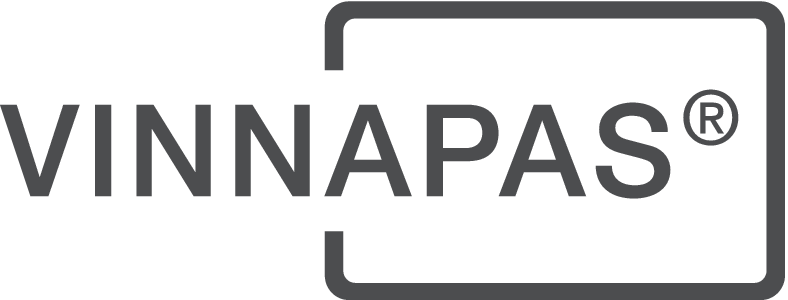VINNAPAS® EZ 123

VINNAPAS® EZ 123 is an aqueous polymer dispersion of vinyl acetate and ethylene designed for applications in the Nonwovens market. The dispersion is produced without the use of plasticizers or APEO surfactants.
Properties
- VINNAPAS® EZ 123 possess a nonionic character and offers high dry tensile strength with a fuller / stiffer hand feel to a nonwoven web.
- Various chemistries having cationic, anionic or nonionic characteristics can be formulated with VINNAPAS® EZ 123 to produce a variety of specialized nonwovens.
- VINNAPAS® EZ 123 is a low odor dispersion having formaldehyde levels that are less than 50 ppm.
Data sheets
VINNAPAS® EZ 123 can be applied by a number of different application methods common to the Nonwovens industry including saturation, spraying, foaming and print bonding. VINNAPAS® EZ 123 performs well on various fiber types including cellulose, bi-component rayon, glass and polyester based substrates. Drying temperature greater than 110ºC should be sufficient to dry VINNAPAS® EZ 123 after application.
Processing
VINNAPAS® EZ 123 can be diluted with water to the desired applications solids level using mild mixing agitation. Wetting surfactants can also be added to VINNAPAS® EZ 123 to improve penetration of the binder into the substrate and enhance absorbency of the finished product. Effective surfactant levels are 0.5 to 1.0% on dispersion solids. The compatibility and efficacy of additives used in combination with VINNAPAS® EZ 123 should be storage tested if formulated product is held for an extended period of time.
If the product is used in applications other than those mentioned, the choice, processing and use of the product is the sole responsibility of the purchaser. All legal and other regulations must be complied with.
For questions concerning food contact status according the chapter 21 CFR (US FDA) and German BfR, please feel free to contact us.
Wacker Chemie AGGisela-Stein-Strasse 1
81671 Munich
Germany
Storage
When the dispersion is stored in tanks, proper storage conditions must be maintained. If stored in the original, unopened containers at cool (below 30 °C), but frost-free temperatures the product has a shelf life of 9 months from the date of manufacture. Any longer periods for the maximum storage period that may be described in the Certificate of Analysis which accompanies each shipment of the product, take preference over this suggestion in which case the time period stated in the Certificate of Analysis shall be solely authoritative. Iron or galvanized-iron equipment and containers are not recommended because the dispersion is slightly acidic. Corrosion may result in discoloration of the dispersion or its blends when further processed. Therefore, the use of containers and equipment made of ceramics, rubberized or enameled materials, appropriately finished stainless steel, or plastic (e.g. rigid PVC, polyethylene or polyester resin) is recommended. As polymer dispersions may tend to superficial film formation, skins or lumps may form during storage or transportation. Filtration is therefore recommended prior to utilization of the product.
Preservation for Transport, Storage and further Processing
The product is adequately preserved during transportation and storage if kept in the original, unopened containers. However, if it is transferred to storage tanks, the dispersion should be protected against microbial attack by adding a suitable preservative package. To maintain proper storage conditions appropriate measures should also be taken to ensure cleanliness of the tanks and pipes. In a storage tank in which the product is not stirred, it is advisable to contact your biocide representative/supplier. Proper procedures must be set up in order to prevent microbial attack between necessary periodic tank cleaning and sanitization. These procedures will vary, since loading and unloading practices in each storage situation will differ slightly. Finished products manufactured from polymer dispersions usually also require preservation. The type and scope of preservation will depend on the raw materials used and the anticipated sources of contamination. The compatibility with other components and the efficacy of the preservative should always be tested in the respective formulation. Preservative manufacturers will be able to advise you about the type and dosage of preservative required.
Sales and support
Allentown, PA 18106-9346
United States
+1 517 264-4088 (Fax)
How can we help you?
- Do you need help in choosing a product or do you require technical support? If so, please contact our experts.


